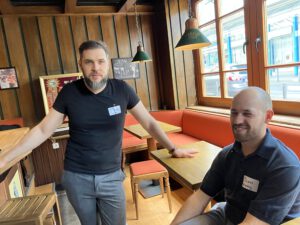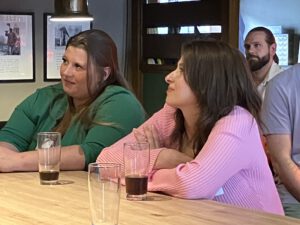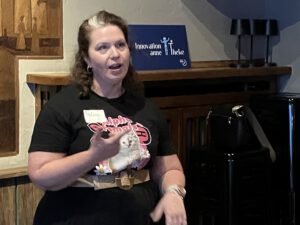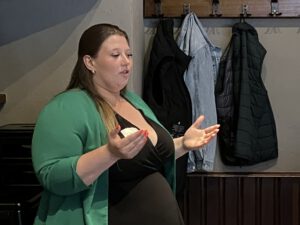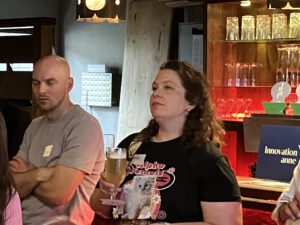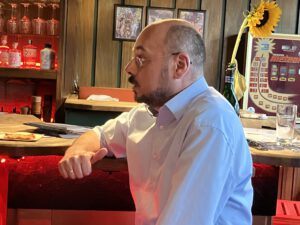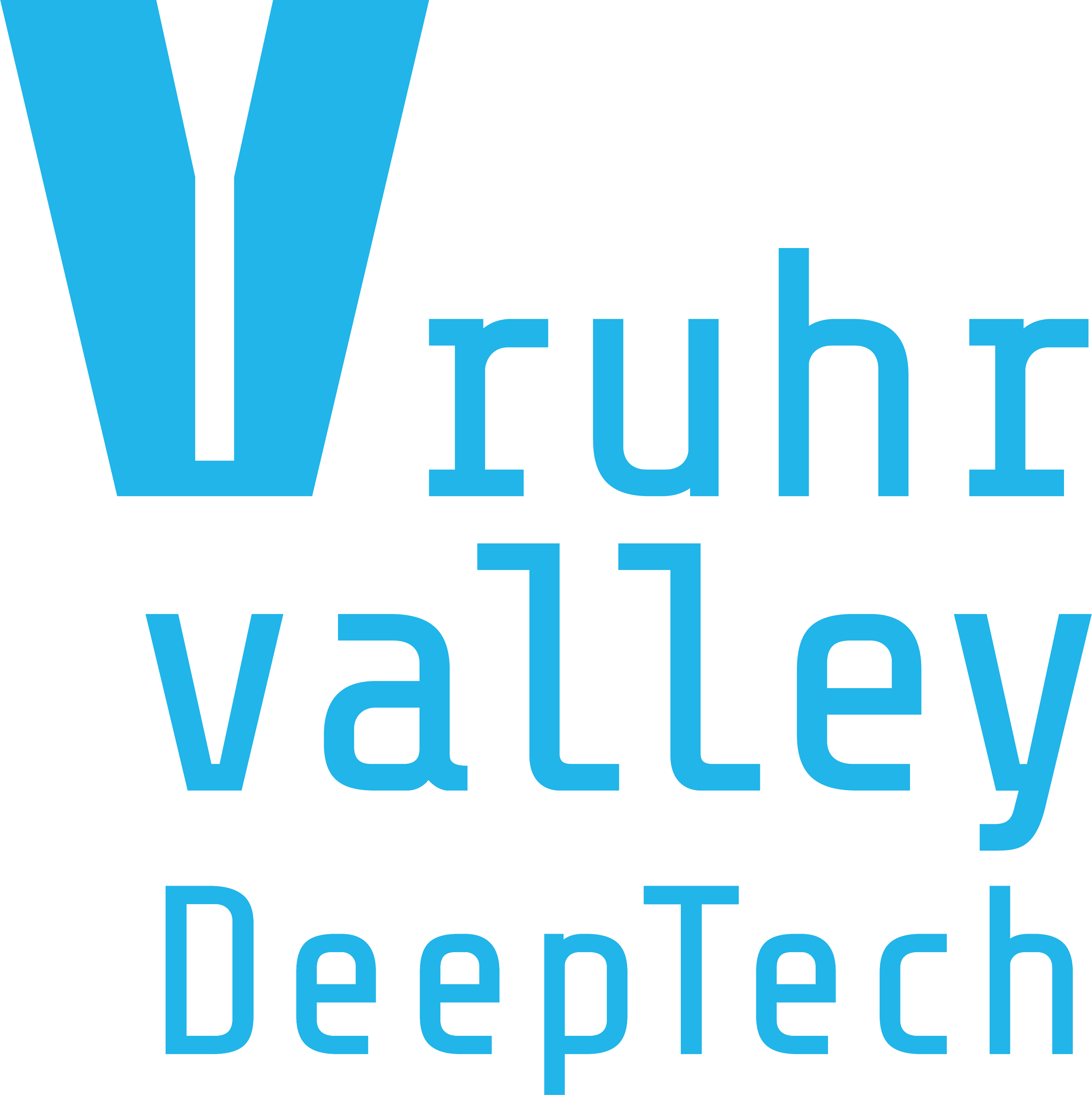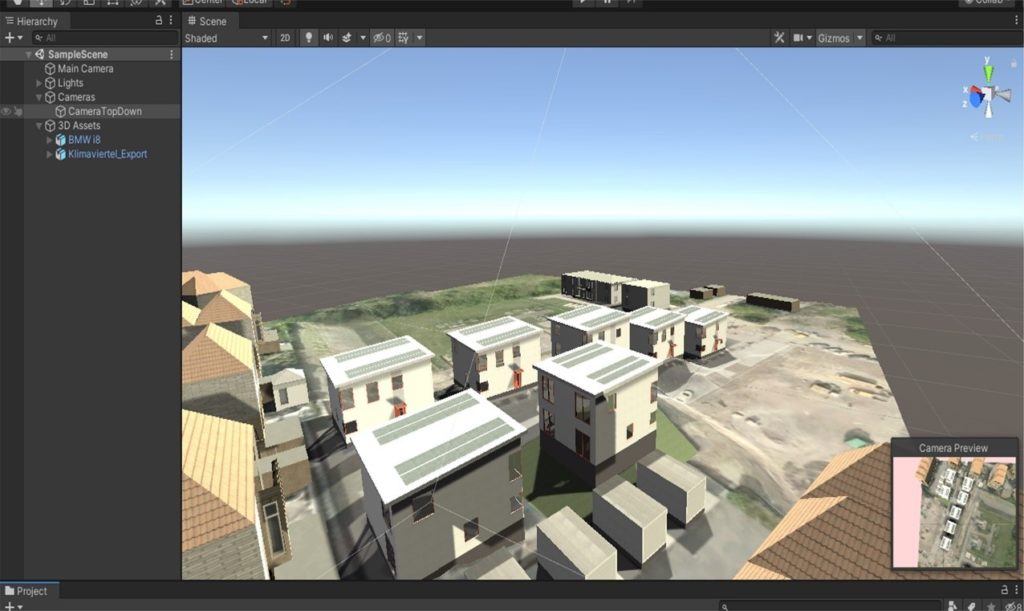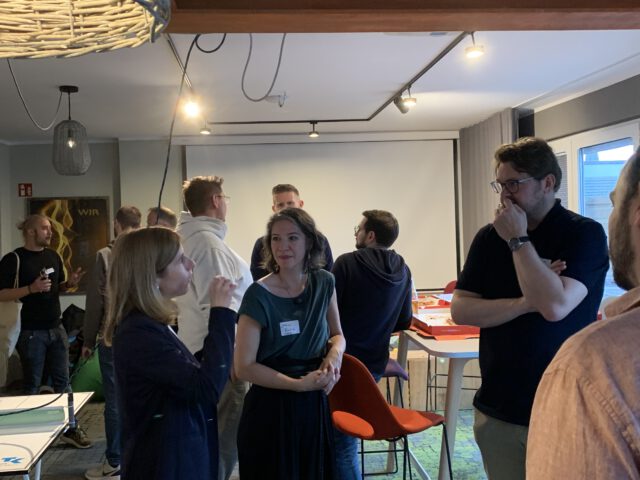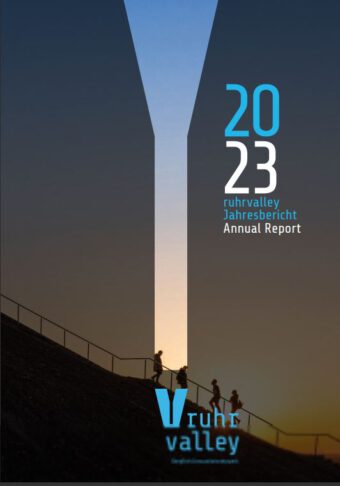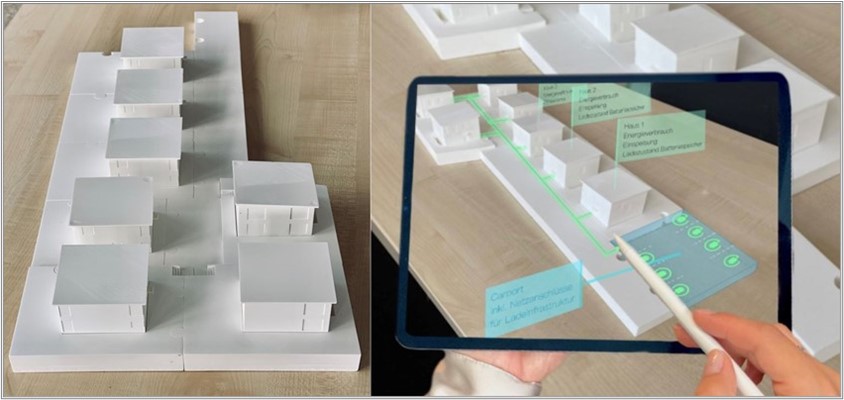
Project
SCiLivLabs
Smart City Living Labs – Ruhr
In order to press ahead with sustainable urban development, science, the private economy, and public institutions and municipal bodies have to work more closely and more systematically with one another. The project team is carrying out research on the development and detailed conception of smart city use cases.
Starting Point
The development of a smart city offers great potential for comprehensive and sustainable urban development and with it the opportunity to effectively diminish the use of resources, while at the same time improving the quality of life of the people living there. The energy and mobility transformation prove that to actually get there, cooperation and collaboration are a must: in order to press ahead with sustainable urban development, science, the private economy, and public institutions and municipal bodies have to work more closely and more systematically with one another.
Our Solution
The project team is carrying out research on the development and detailed conception of smart city use cases. The objective of the interim study is to compile potentially replicable blueprints in the areas of smart city environment, smart mobility, and smart energy, using smart city living labs, prototypes and simulations.
In the preliminary study SCiLabs, a smart city research lab was initially established as a venue for collaboration for various smart city actors, which will be expanded. The tethered components from smart city living labs, such as networked sensors, hardware and vehicles will be developed further in the project and complemented with additional data sources. Additionally, the project team links to the establishment of a smart city IT platform operating as a client-server, which collects, analyses, and processes the data from the living labs. Further into the project, the data thus gathered will become the basis for the design of smart environment, smart mobility and smart energy use cases, which can be used later as input for business cases.
Funding ID
13FH0I83IA
Supported by the Federal Ministry of Education and Research
Project Duration
2021 – 2024
More about the topic
related Projects
related Events
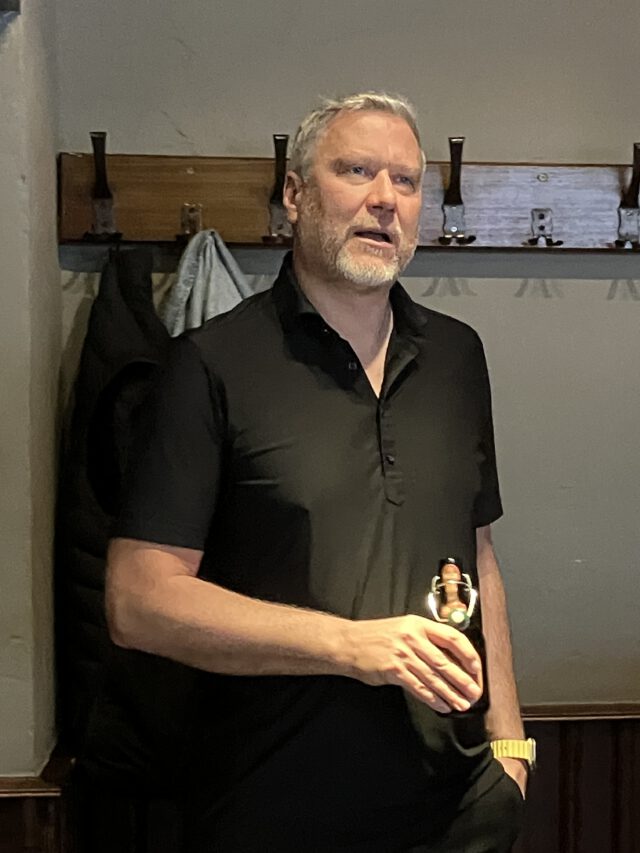
10.07.2025
Throwback: InnovationMeetUp – 10.07.2025
From vision to financing
On 10 July 2025, our InnovationsMeetup on the topic of ‘From vision to financing’ took place in the inspiring location ‘Zum Kuhhirten’ in Bochum’s city centre – organised together with the Bochum Economic Development Agency.
One highlight of the evening was the exciting keynote speech by Jörg Gudat from Labs.Ruhr, who provided valuable insights as an experienced investor: How do you target investors? What prerequisites should start-ups have? And when is the right time for financing? His practical tips provided the participants with important ideas.
Afterwards, two start-up teams, Evovell and Roadstory, presented their business ideas in short, convincing pitches.
The evening offered not only informative impulses, but also plenty of opportunity for personal discussions over cold drinks and pizza – ideal for making contacts and expanding networks.
